Always wanted to take that photo of the arrow piercing the apple or the champagne glass shattering? I asked friend, Peter McKellar.
His answer was………Come on lets do it!
Here is how!
Before we delve into the exciting world of high-speed flash photography there are a few technical things that we have to understand. To all the knowledgeable people out there please bear with me to explain a little something to people not as technical, like myself.
Firstly we have to understand the workings of the shutter of a modern D-SLR camera. The shutter consists of two very thin metal blades or veins. Upon pressing the shutter button the first blade opens to reveal the sensor to light while the second blade closes. The time between the first blade opening and the second blade closing can be from 1 second up to 1/4000 second.
Why then not just use an on-camera flash and a shutter speed of 1/4000 of a second? All cameras have a maximum flash synchronization speed. In short the max sync speed is the highest shutter speed at which the entire frame is still open for the flash to expose the entire subject. If we go over that max sync speed we get one of the shutter blades blocking the exposure and causing a shadow on the picture. I am sure you all have taken photos like this and wondered what went wrong.
The last technical aspect to remember is that light travels at 299,792,458 meters per second. By manipulating the intensity or duration of the light we can use it to our benefit. Thus it is the speed of light and not shutter speed that will freeze movement.
To overcome slow shutters and things like flash sync speeds we will move to a dark room or studio. The shutter can be opened without light on the sensor to create a picture. To get an exposure we fire a flash. The duration of the flash now becomes our actual “shutter speed “ The brighter the flash the longer it takes to dissipate, less light gives you a shorter burst of light and a higher “shutter speed” It is almost like throwing a rock and a small stone in water and watch the ripples.
The experience with my studio lights are that by turning the lights down to 1/16 power yields best results.
The gear :
A camera with a Bulb setting
Remote cable
Good tripod
Black backdrop
Lots of champagne glasses, apples or balloons with little baby powder in or any thing to destroy
Studio light
Pellet gun (use an old Yellow pages telephone book on the opposite side to shoot into)
Remote audio trigger ( will explain later)
Stands to mount the pellet gun and subjects you want to photograph.
Now for the fun :
Mount the pellet gun on a sturdy stand or table about two meters away from the subject. ( I used duct tape) and aim it on the subject.
Set the camera up on a tripod about one meter (or best focus distance depending on the lens ) away from your subject. Put the camera on manual focus and an aperture of f.11 to f.16. Put the camera on B or bulb mode.
Set your flash to 1/16 power and connect to the remote audio switch with the microphone close to the gun.
DO NOT LOAD THE GUN YET
Pre focus the camera on your subject and turn ALL lights off. Press the shutter and lock it open with the remote cable. By clapping your hands the remote will trigger the flash. REMEMBER to close the shutter before turning on any lights.
Check the results and adjust the f stop for best results.
When happy load the gun and proceed as above. Don’t clap your hands but fire the shot. The sound of the gun will trigger the flash. You can decrease or increase the light to improve the freeze or move the strobe light further away or closer.
Audio trigger.
I have designed and build my own trigger. Attached is a schematic and parts list of the trigger. It can be built for less than R.100. If you do not want to use a trigger you can experiment (although very difficult) to use your flash’s remote cable and firing the gun and flash at the same time.
For details on trigger contact Phototalk at denese@www.phototalk.co.za
GOOD LUCK AND HAVE FUN.

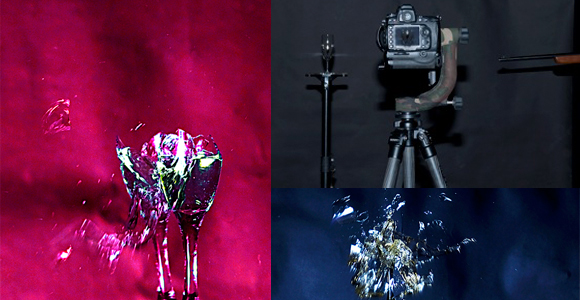
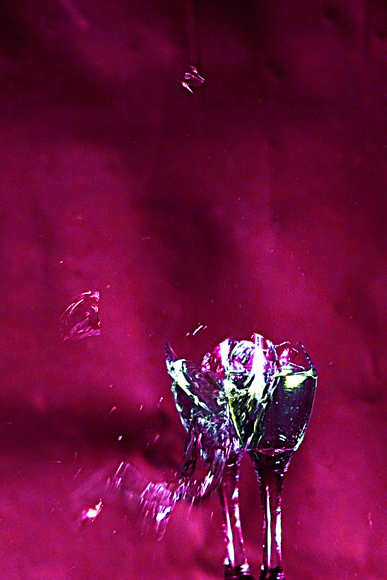
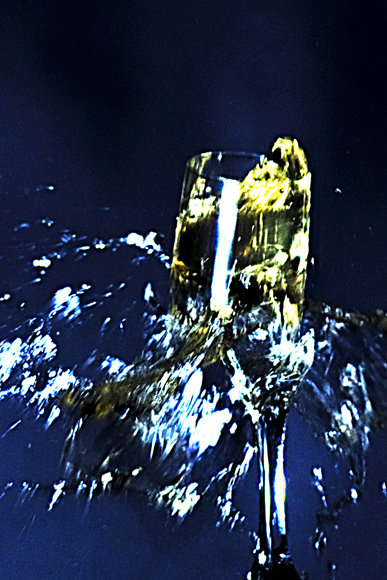
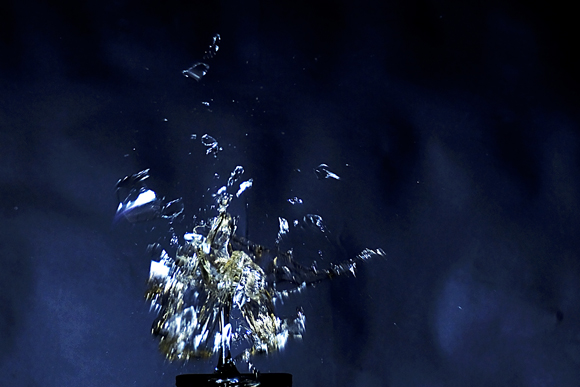
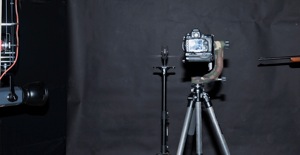
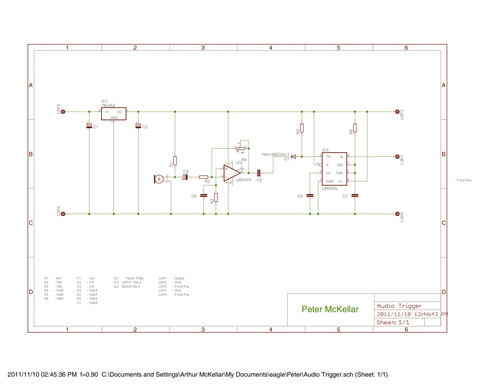
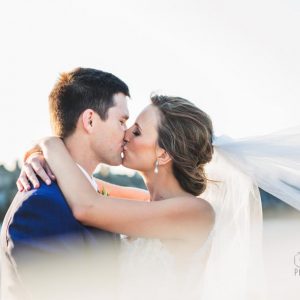
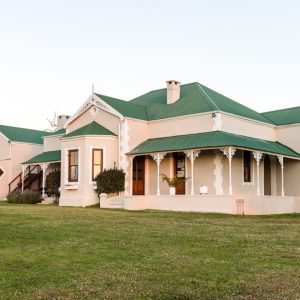
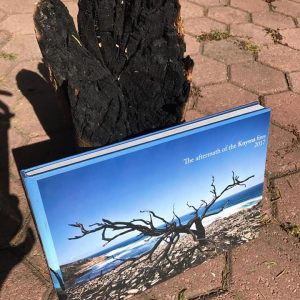
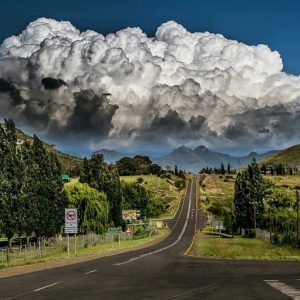
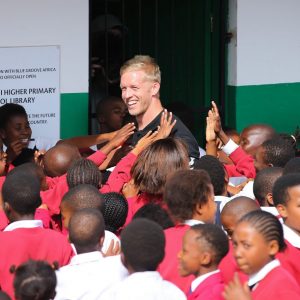
Brilliant Post Peter…Well done…!!!!
When art and engineering collide…….so cool !